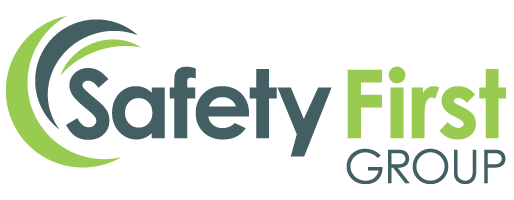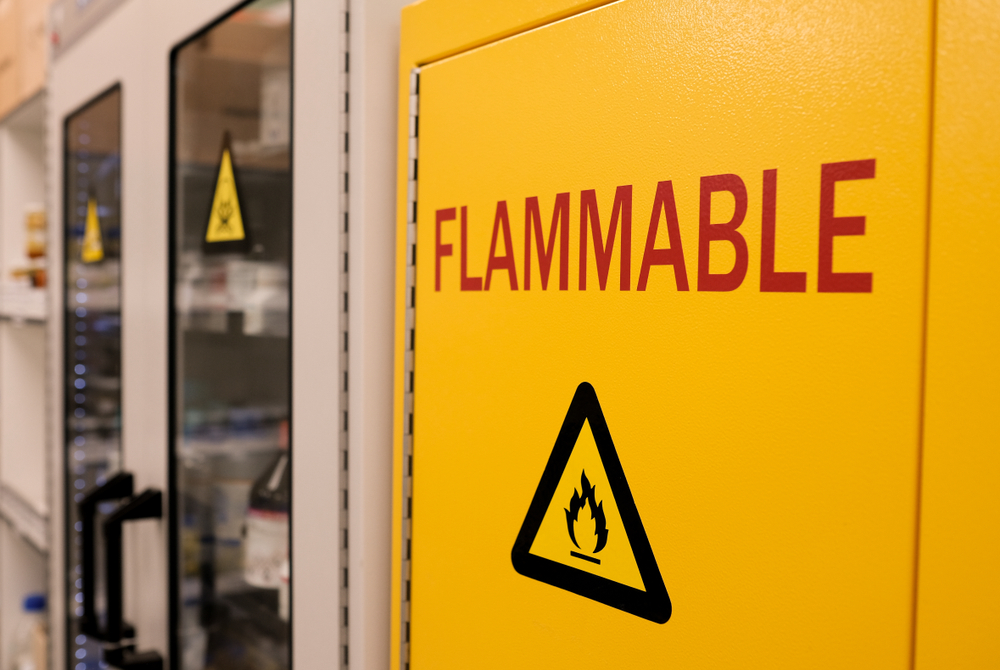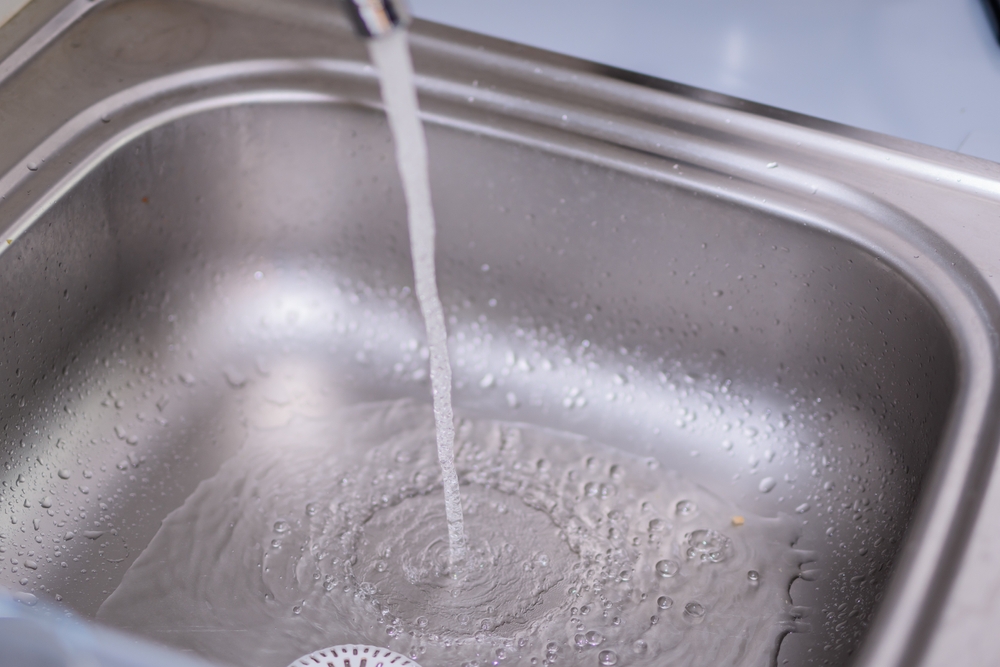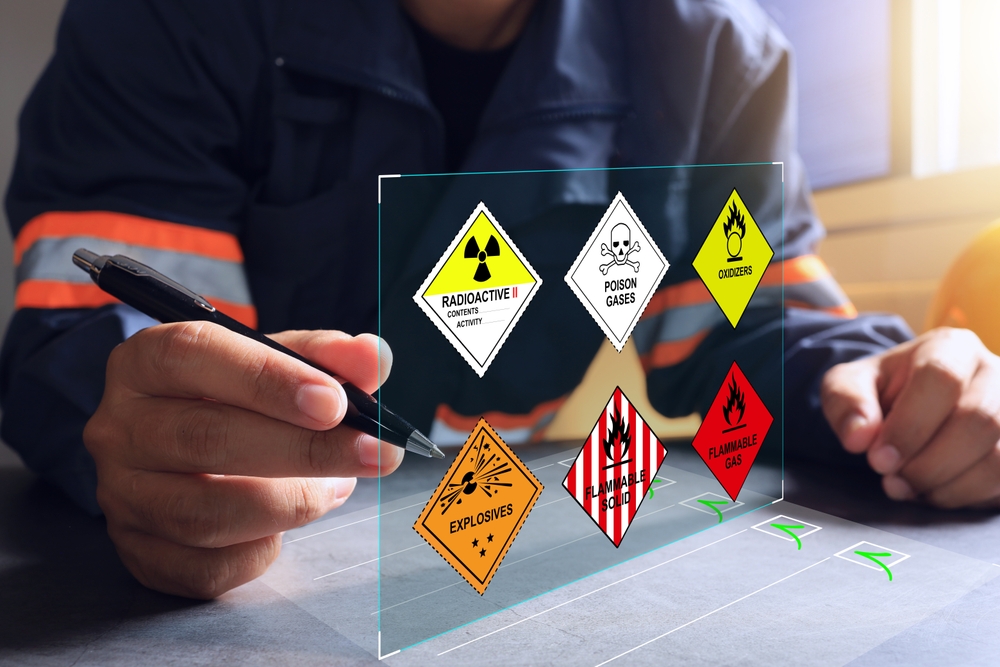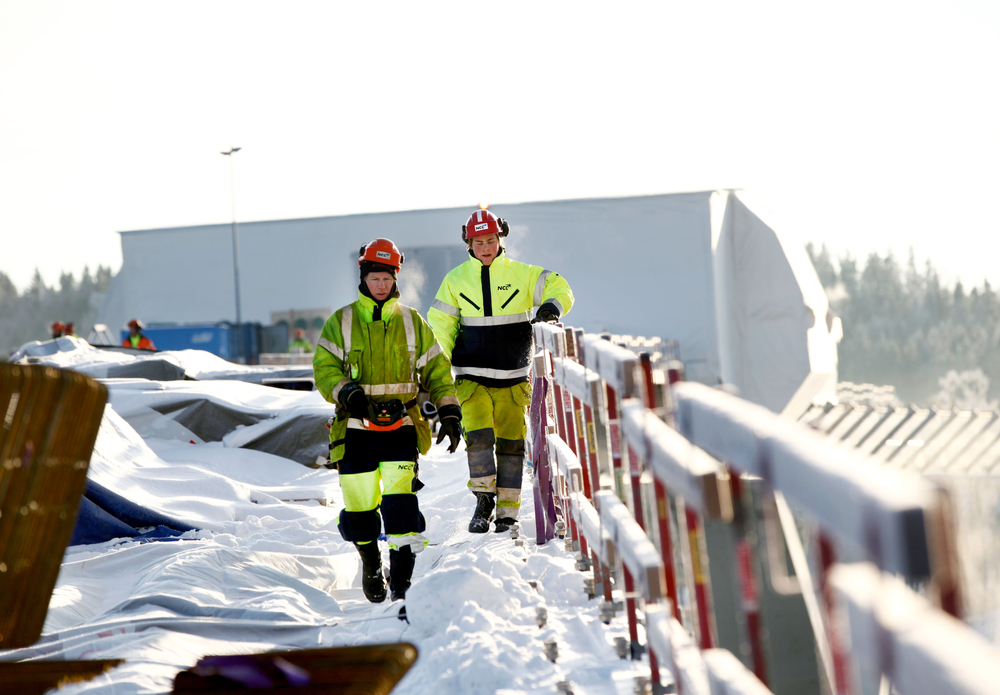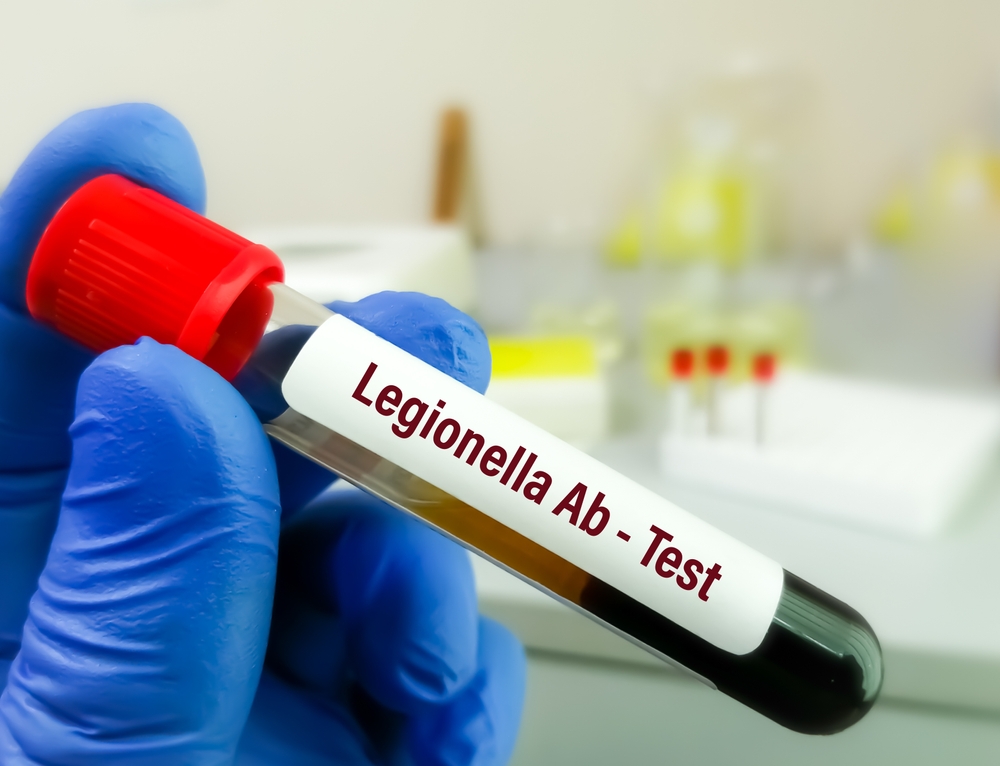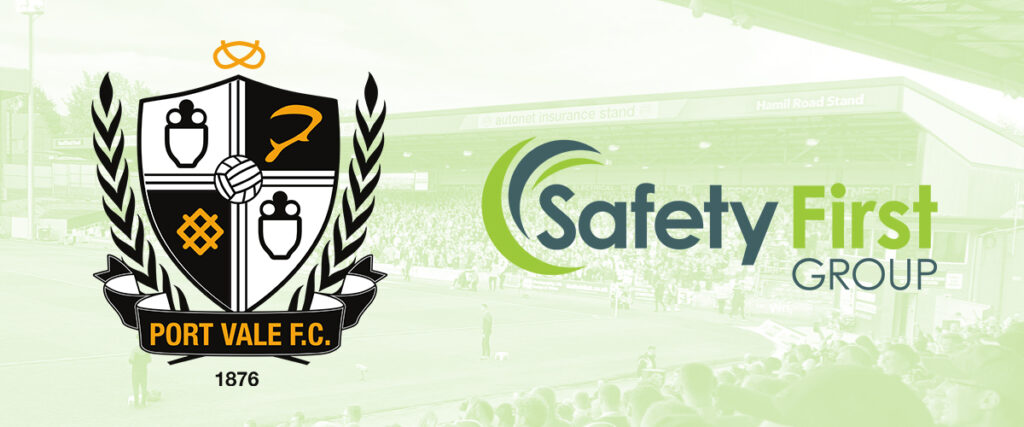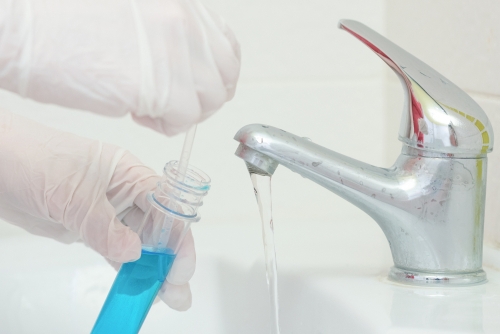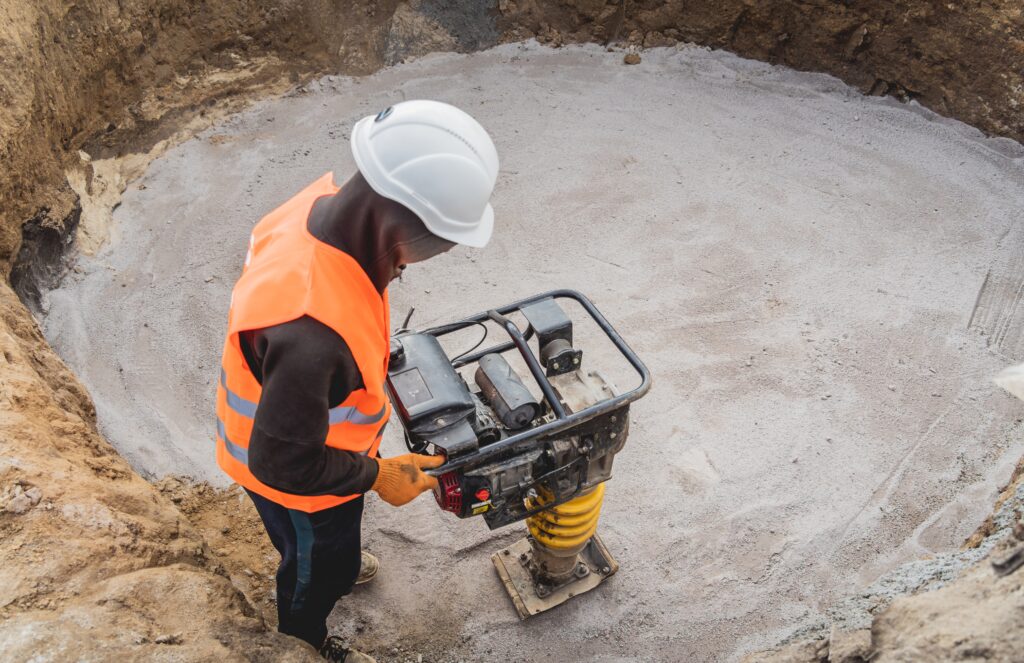Today, Tuesday 3rd May is World Asthma Day. Raising the profile of workplace responsibilities around lung disease prevention is important all year round, but especially so on dates that recognise workers with pre-existing lung complaints.
As workforce compliance advocates and service providers, we have a variety of solutions that support not only World Asthma day, but every day of the year. And because Lung disease prevention is especially important in those workplaces prone to dust, fumes, and moisture we take a look at the types of workplace compliance your business should be adhering to.
Air quality monitoring for lung disease prevention
Recognising the role that air quality monitoring plays in reducing workplace absence is essential. Poor air quality is caused by a variety of factors from ventilation issues, to air quality due to dust and airborne particles. And, a combination of which could contribute to an increase of airborne viruses, affecting workplace health – something which is essential to avoid for those employees with asthma and other lung conditions.
We recommend regular air quality surveys so that you can identify the presence of airborne contaminants before your workforce becomes unwell. This has many benefits for the health of your workforce, which in turn is linked to lower absenteeism, better productivity and less time being spent on handling back to work sessions following workplace absence.
Our air quality assessments can detect:
- Bacteria volume
- Total volume of yeast and fungi
- Temperature
- Humidity
- Harmful gas like carbon monoxide, carbon dioxide and hydrogen sulphide
- Total inhalable dust
- Total respirable dust
- Total VOC / hydrocarbons
LEV inspection and testing for lung disease prevention
A good ventilation system can minimise damage from dust, vapour and fumes. In workplace environments prone to dust and fumes can cause lung diseases such as asthma, COPD and even cancer. Over time, ventilation systems are subject to wear and tear which can impact the performance. That is why regular testing and inspection is paramount in ensuring the systems are operating effectively and exposure to hazardous substances controlled.
Employers are required by law to provide safe working environments as outlined in the
COSHH and LEV regulations. Our specialist occupational hygienists analyse ventilation system performance data and perform qualitative evaluations on the control of potential contaminants to determine your ventilation system’s overall performance.
It is also essential that if you have any water systems on your premises, you consider legionella risk assessment and testing, as legionella bacteria can lead to a fatal lung condition called legionnaires disease.
These are some of the ways that you can prevent further harm to employees who have long-term health conditions like asthma, but also aim to assess and control risk to the whole workforce, before permanent damage occurs.
Want to know more about any of the services mentioned in this blog? Head over to our contact page to get in touch with one of our team.
